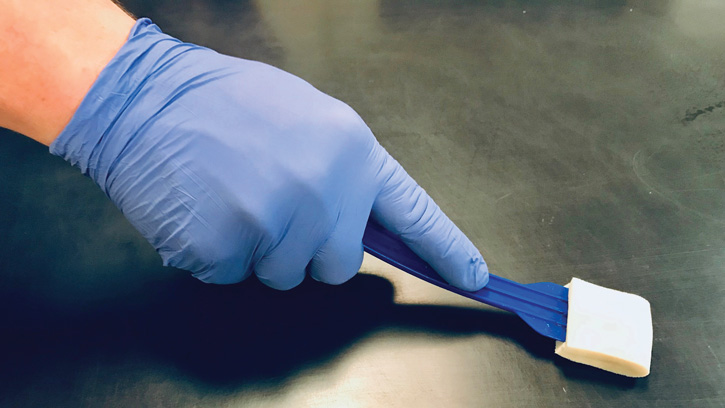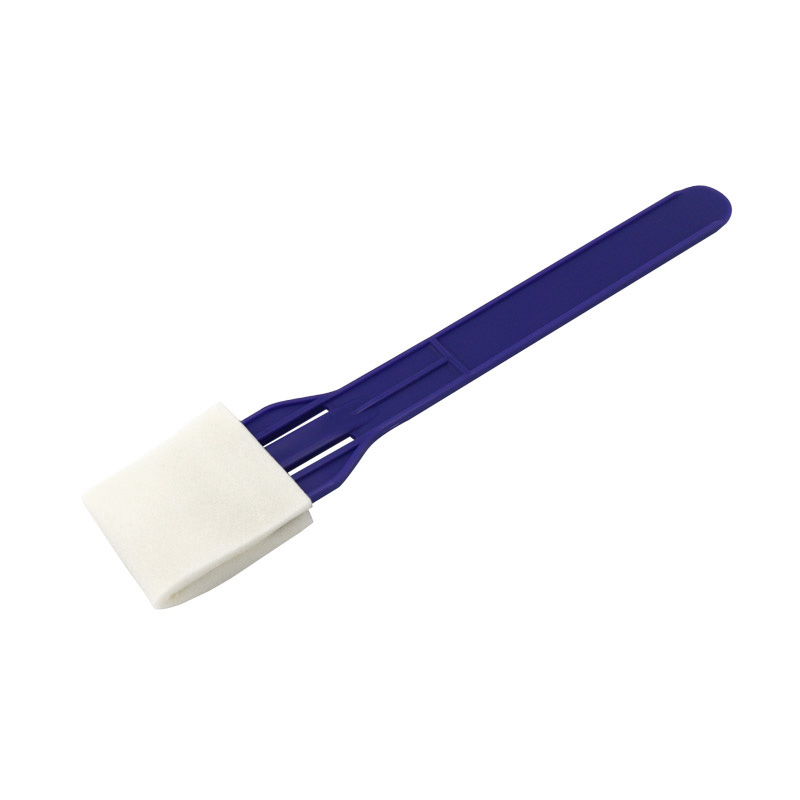Environmental monitoring plays a crucial role in assessing and managing the health of our ecosystems. It helps us understand the impact of human activities on the environment and enables us to make informed decisions for sustainable development. One essential tool in this process is the environmental monitoring sponge. In this blog post, we will guide you through the instructions of using an environmental monitoring sponge effectively.

1. Preparation:
– Ensure that the environmental monitoring sponge is clean and free from any contaminants.
– If necessary, sterilize the sponge using an appropriate method, such as autoclaving or soaking in a disinfectant solution.
2. Selection of Sampling Site:
– Choose a representative location for sampling that is relevant to the environmental monitoring objectives.
– Consider factors such as the presence of potential pollutants or contaminants, proximity to pollution sources, and accessibility.
3. Sampling Procedure:
– Put on appropriate personal protective equipment (PPE) such as gloves and a lab coat to prevent contamination.
– Wet the environmental monitoring sponge with deionized or distilled water to ensure optimal absorption.
– Gently press the sponge against the surface to be sampled, applying light pressure to maximize contact.
– Move the sponge in a back-and-forth motion or in a circular pattern to cover a sufficient area.
– Continue sampling for a predetermined duration or until the sponge reaches its absorption limit.
– Carefully remove the sponge from the sampling site, taking care not to touch any other surfaces that may contaminate the sample.
– Place the sponge in a sterile container or bag for transport to the laboratory.

MEIDIKE GENE Sponge Sampler
4. Transport and Storage:
– Seal the container or bag containing the sponge to prevent any leakage or contamination during transportation.
– Store the sample in a cool, dry place away from direct sunlight or extreme temperatures.
– If the sample cannot be transported immediately to the laboratory, store it in a refrigerator at a temperature between 2-8°C.
5. Analysis:
– Deliver the environmental monitoring sponge sample to a qualified laboratory for analysis as soon as possible.
– Provide the laboratory with relevant information about the sampling location, date, and any specific pollutants or contaminants of interest.
– The laboratory will conduct the necessary tests and analysis to determine the presence and concentration of pollutants or contaminants in the sample.
6. Disposal:
– After analysis, follow appropriate waste disposal procedures for the environmental monitoring sponge and any associated materials, adhering to local regulations and guidelines.
– Dispose of the sponge and any contaminated materials in designated waste containers or through appropriate waste management services.
Note: It is important to consult with experts or professionals in environmental monitoring to ensure accurate sampling techniques and adherence to specific regulations or guidelines.


















